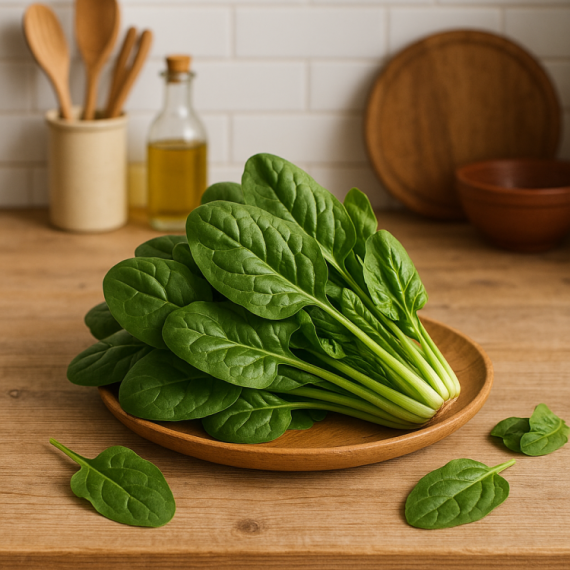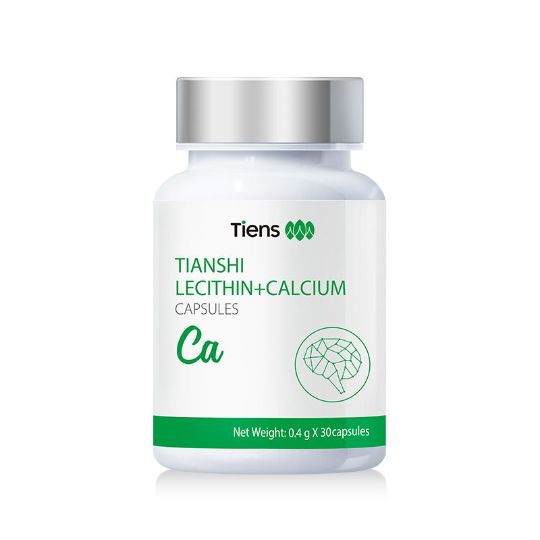
10 Foods to avoid if you have type 1 diabetes
10 Foods to avoid if you have type 1 diabetes. Type 1 diabetes is a chronic condition in which the body does not produce insulin. Insulin is a hormone that helps glucose, or sugar, get from the blood into the cells. Without insulin, glucose builds up in the blood and can cause serious health problems.
Eating a healthy diet is essential for managing type 1 diabetes. There are some foods that people with type 1 diabetes should avoid or limit, as they can cause blood sugar levels to spike.
Here are 10 foods to avoid if you have type 1 diabetes:
1. Sugary drinks: Sugary drinks, such as soda, juice, and sports drinks, are high in carbohydrates and can cause blood sugar levels to rise quickly.
2. White bread and pasta: White bread and pasta are made from refined flour, which is quickly digested and can cause blood sugar levels to spike.
3. Candy: Candy is high in sugar and can cause blood sugar levels to rise quickly.
4. Baked goods: Baked goods, such as cookies, cakes, and pies, are often high in sugar and fat, which can cause blood sugar levels to rise.
5. Fruit juice: Fruit juice is high in sugar and can cause blood sugar levels to rise quickly.
6. White rice: White rice is a refined grain that is quickly digested and can cause blood sugar levels to spike.
7. Potatoes: Potatoes are high in carbohydrates and can cause blood sugar levels to rise.
8. Corn: Corn is a high-glycemic food, which means that it can cause blood sugar levels to rise quickly.
9. Grapes: Grapes are high in sugar and can cause blood sugar levels to rise.
10. Mangoes: Mangoes are high in sugar and can cause blood sugar levels to rise.
Conclusion
It is important to note that this is not an exhaustive list of all foods to avoid if you have type 1 diabetes. It is always best to talk to your doctor or a registered dietitian to create a personalized meal plan that meets your individual needs.
References
1. American Diabetes Association. (2023). Eating for Blood Sugar Control. https://diabetes.org/healthy-living/medication-treatments/blood-glucose-control/eating-for-blood-sugar-control
2. Joslin Diabetes Center. (2023). Glycemic Index and Diabetes. https://www.joslin.org/patient-care/diabetes-care/glycemic-index-diabetes
3. National Institute of Diabetes and Digestive and Kidney Diseases. (2022). Eating plan for diabetes. https://www.niddk.nih.gov/health-information/diabetes/eating-plan-diabetes
4. Academy of Nutrition and Dietetics. (2023). Create Your Plate for Type 1 Diabetes. https://www.eatright.org/health/diseases-and-conditions/diabetes/create-your-plate-for-type-1-diabetes
5. Mayo Clinic. (2023). Type 1 diabetes diet: What to eat, what to avoid. https://www.mayoclinic.org/diseases-conditions/type-1-diabetes/in-depth/type-1-diabetes-diet/art-20046181
6. Cleveland Clinic. (2023). Diabetes Diet: What to Eat and What to Avoid. https://my.clevelandclinic.org/health/articles/11305-diabetes-diet
7. WebMD. (2023). Foods to Avoid with Type 1 Diabetes. https://www.webmd.com/diabetes/features/foods-avoid-type-1-diabetes
8. Healthline. (2023). 15 Foods to Avoid (or Limit) with Type 1 Diabetes. https://www.healthline.com/health/diabetes/type-1-foods-to-avoid
9. Medical News Today. (2023). The best and worst foods for people with type 1 diabetes. https://www.medicalnewstoday.com/articles/323271
10. American Association of Clinical Endocrinologists and American College of Endocrinology. (2023). Endocrine Society Clinical Practice Guidelines for Developing a Diabetes Mellitus Comprehensive Care Plan – 2023. https://www.aace.com/diabetes/comprehensive-care/2023-diabetes-mellitus-comprehensive-care-guidelines



